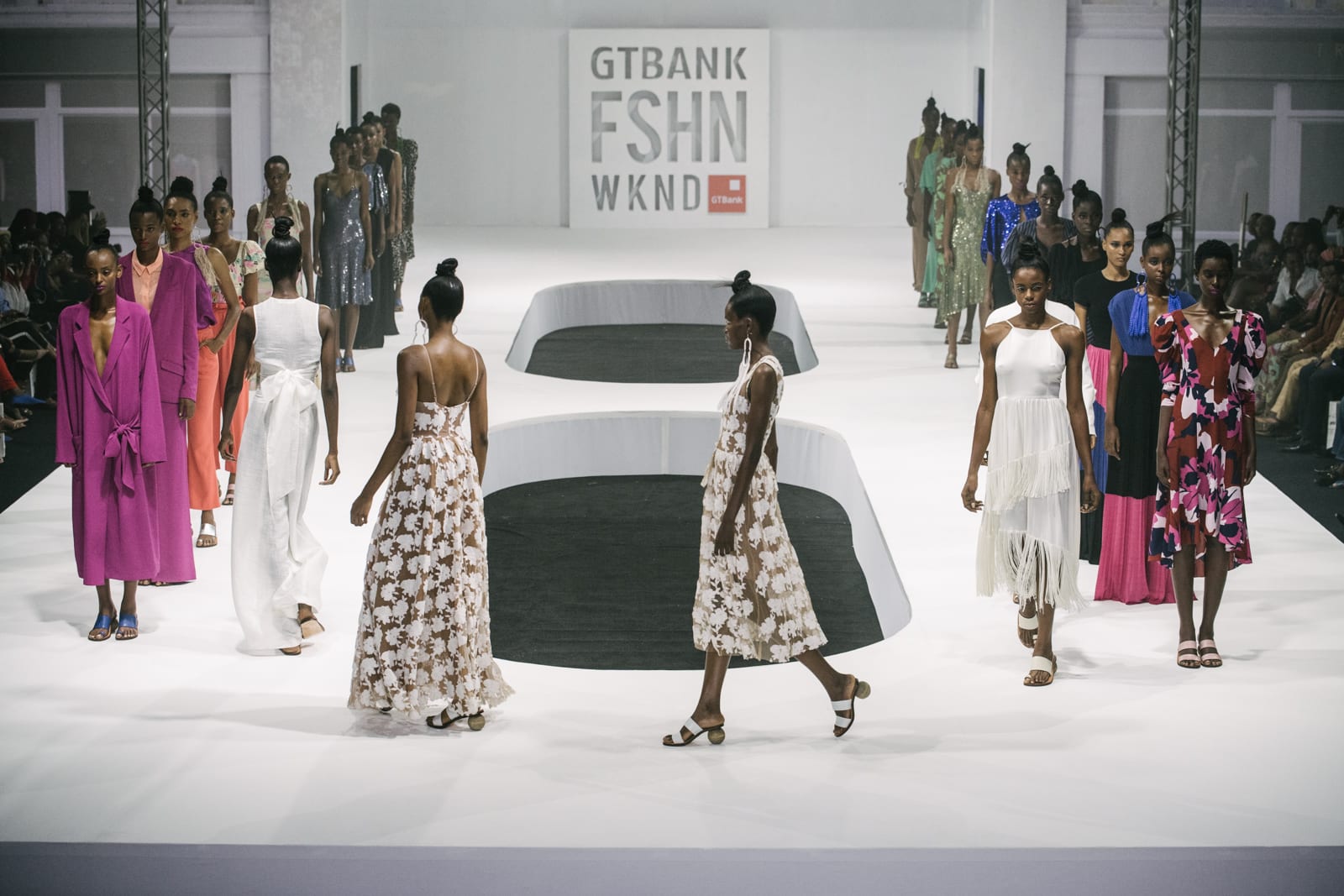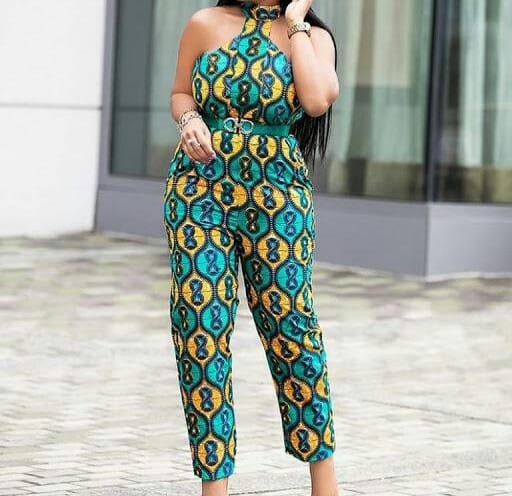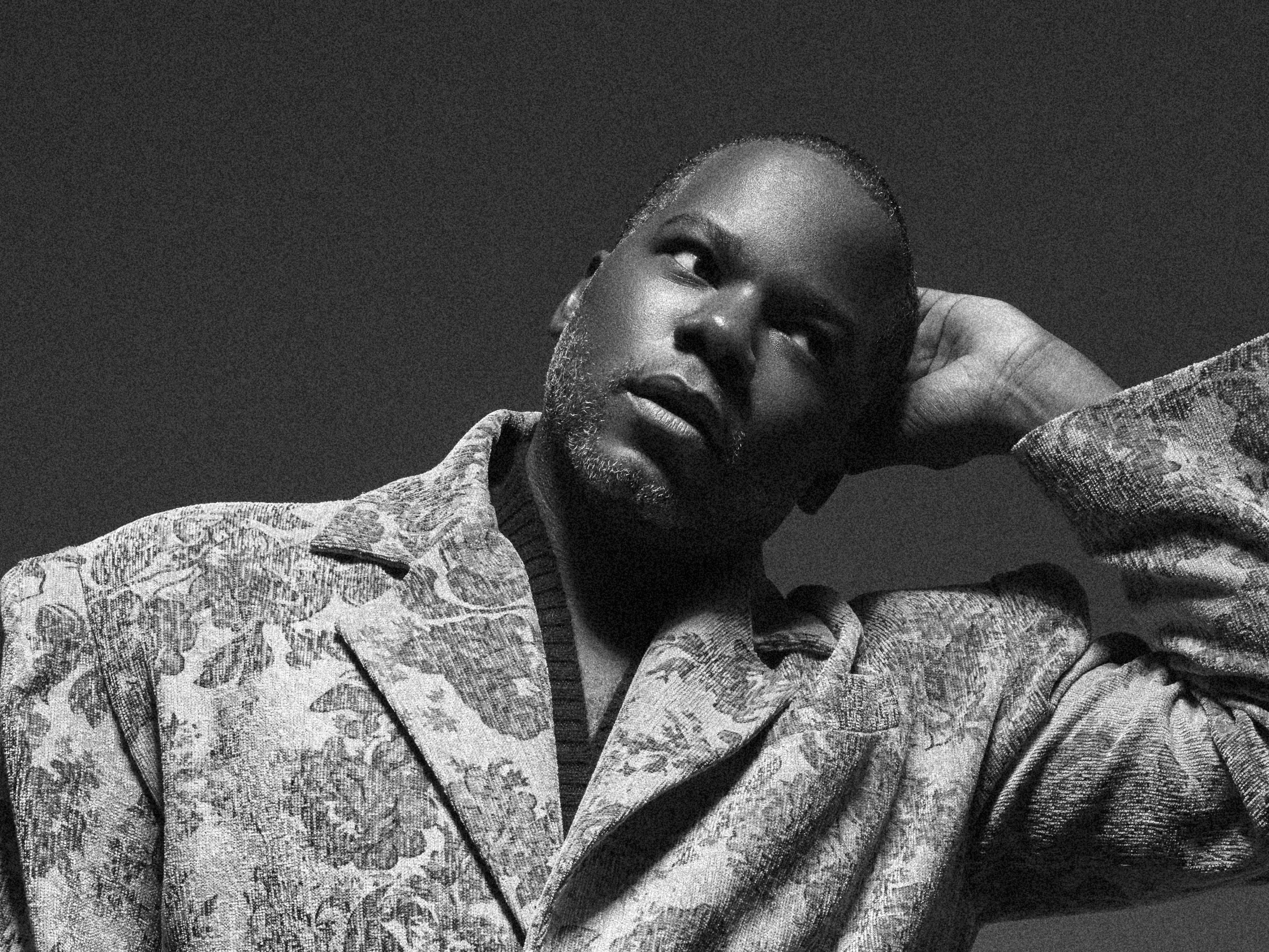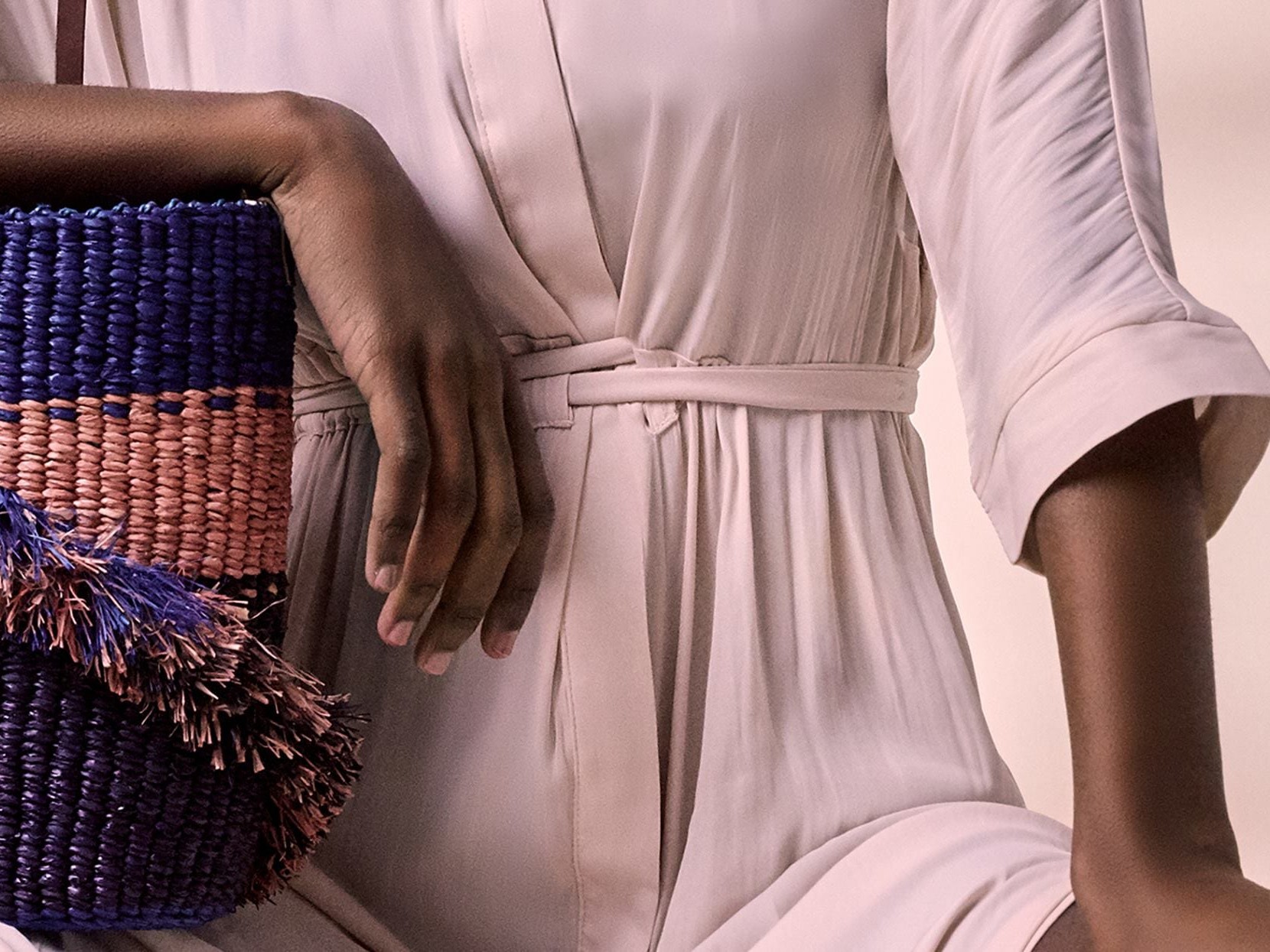Share this!
Catwalk Glamor, Culture and Couture - Nigerian fashion & Style Trends
Nigerians rank arguably as the most fashionable people in Africa. From politicians, movie stars and singers to the common man on the street, being fashionable for any occasion is of paramount importance. In fact, the style axiom: ‘Fashion is what you buy, Style is what you do with it’ rings true with the average Nigerian fashion enthusiast. Each may flow with the prevailing trends, but you can trust that they will make specific personal style contributions unique and a stand out from the crowd.
Irrespective of economic standing or social stratification, Nigerians have high tastes in fashion. As a result, the fashion industry in Nigeria brims with a deluge of designers, fashion stylists, fashion photographers, makeup artists, hairstylists as well as fashion journalists.

In addition to the work of these individuals, businesses are also cashing on the opportunity fashion presents by staging fashion fairs and weeks, notably the Lagos Fashion and Design Week and the GTB fashion and Design week. At these events, Fashion retailers, fashion enthusiasts and influencers, as well as headliners contribute to the latest fashion trends and fads.
Present Fashion and Style Trends in Nigeria
To kick-start this discussion, it is important to state this for the record: Nigerians are among the most eclectic dressers in the world, who also pay utmost attention to fine details and intricate patterns! And I must mention that Nigerian fashion designers are among the most daring in the world.
These designers are often pushing the boundaries of style and creativity; not only do they draw inspirations from local attires in cuts and color combinations, they are also not afraid to incorporate Western, Oriental and other cultural influences to traditional African prints and designs.
So much so that top American and European designers are catching the restlessness of Nigerian fashion movers as they also continually use traditional African prints and designs in their collections.
So what sums up Nigerian Fashion couture and Culture? Does it comprise only the people who wear the attires as against the cuts/styling of the attires? Or a combination of both elements as well as other extraneous factors? The answer incorporates all of the above and a little extra.
Some Words on the Trends in Nigerian Fashion
As an unspoken rule, Nigerian fashion practitioners lay great emphasis on various kinds of ornaments and embellishments. Whether the attire features classic geometric large or small patterns, or a floral design where either the flowers are drawn or subtly hinted at, the tailor could opt for other very complicated ornaments or stick with simple adornments that do not get in the way of the general thrust of selected style. The decorations (also referred to as the embroidery in another sense) are subject to the whims and the creative onus of the designer, although you can expect that the client (especially females) will have some say in the design process.

Going to the actual cut-and-make process, you will notice that casual dress styles usually have a straight or chiseled cut and might be knee-length, with a round or rectangular neckline (again with substantial contributions from the customer). Plunging neck and back lines are also becoming popular even if the wearer of these daring cuts is often the young and trendy Nigerian millennial who has no scruples baring much skin.
Evening attires often follow the general rule of going past the ankles and being narrow at the base. Fashion trendsetters in the country advise that if the fabric has large embellishment, the dress is better sewn straight and tight. If it’s small, then you can choose almost any variant of cut.
Women’s Fashion in Nigeria
In the fashion lexicon of Nigeria, women hold the long end of the stick and are spoiled for choices.
Ankara
This material is arguably the favorite for the average female fashion buff in Nigeria. Not only is Ankara easy on the eyes, fashion stylists can also play with a wide range of cuts, designs, and colors with the piece, giving wearers a unique and trendy appearance.

Traditional attires and even some English wears feature the Ankara fabric. Fashion trends in Nigeria push the boundaries of cut and styling by employing warm and cool colors in many ensembles. In one look, you can find as many as three colors combined in the selected design. The favorite colors include yellow, blue, brown and orange among others.
Present day fashion culture in Nigeria also looks favorably on combining Ankara with other favorite fabrics, especially Lace materials.
Ankara Blouses
Traditional Nigerian blouses made from Ankara often feature the peplum style, which is always ever-green and trendy. For whatever occasion or festivity, Nigerian women usually opt for blouse decked with elaborate embroidery including adornments such as rhinestones and pearls. The usual cut pattern for these blouses includes having short or three-quarter sleeves, a round neckline or open shoulder.
Ankara Accessories
Such is the popularity of this fabric in recent times that designers come up with fashion accompaniments including items such as Ankara jewelry, earrings, bags, shoes, swimwear, phone/pillowcases as well as book covers and many others.
Laces
This material is another choice fabric embraced by the fashion community in Nigeria. Laces find application for friends and family decked uniformly at occasions such as weddings, funerals, birthdays among others. Such uniformity in dressing termed Asoebi, which means ‘Dress for the Family’ in the Yoruba language, is achieved using the lace material.

Men’s Fashion Couture in Nigeria
The male folk in Nigeria also stay abreast of the latest fashion trends in the country. The standard stays for men’s fashion include the traditional danshikis, grand boubou complete with form-fitting or loose trousers.
Designs for men also incorporate Agbada styles. These attires often have elaborate embroidery, which often syncs/coordinates with the presiding colors. A blue agbada, for instance, combines beautifully with white, yellow or brown embroidery. The fashion designer may pair a white Agbada ensemble with contrasting black and red designs and patterns.
The various materials used for cuts and designs for men also include Ankara and lace materials.



